In the world of floral arrangements, certain blooms have long been relegated to supporting roles while others take center stage. Yet among these so-called "filler flowers," few possess the quiet charisma and symbolic depth of baby's breath. Known botanically as Gypsophila paniculata, this delicate cloud-like blossom has transcended its traditional role as a bouquet filler to become a cultural phenomenon with surprising emotional resonance.
The name "baby's breath" conjures images of innocence and fragility, but this belies the flower's remarkable resilience. Native to the steppes of Eastern Europe and Central Asia, gypsophila thrives in dry, rocky soils where other plants wither. Horticulturalists note its unusual root system can extend over fifteen feet underground in search of moisture, a testament to hidden tenacity beneath its ethereal appearance. This duality between delicate beauty and rugged endurance forms the core of its emerging symbolism in contemporary floriography.
Where roses declare passion and lilies trumpet purity, baby's breath communicates in whispers. Victorian flower dictionaries originally assigned it meanings of "everlasting love" and "purity of heart," likely due to its longevity as a cut flower and snow-white varieties. Modern interpretations have expanded its lexicon considerably. Floral designers report clients increasingly request gypsophila for its associations with spiritual connection, with its tiny blooms said to represent the stars in the night sky - hence its Chinese name "mantianxing" or "sky full of stars." This celestial connection resonates particularly in wedding culture, where it symbolizes the infinite bonds between partners.
Social media has played an unexpected role in baby's breath's renaissance. Instagram's visual economy favors photogenic blooms that create "floral clouds," with gypsophila's tiny white flowers proving remarkably camera-friendly. The hashtag #babysbreath currently exceeds 1.7 million posts, ranging from wedding photographers showcasing ethereal backdrops to tattoo artists inking delicate sprigs as memorial pieces. This digital popularity has translated to physical demand; wholesale markets report a 300% price increase for premium gypsophila stems over the past five years.
Beyond aesthetics, the flower carries profound cultural weight in several traditions. In Korean folklore, gypsophila is sometimes called "yeon-in-cho" or "lover's plant," believed to grow where star-crossed souls parted ways. Some Eastern European communities historically included it in bridal bouquets as protection against infertility. Contemporary Japanese flower language (hanakotoba) assigns it the meaning "clean heart," making it popular in apology arrangements. These layered interpretations reveal how a humble filler flower can bear complex human emotions across cultures.
The commercial flower industry's relationship with gypsophila reflects changing consumer values. Where growers once treated it as disposable greenery, many now cultivate specialty varieties like 'Bristol Fairy' (double-flowered) and 'Viette's Dwarf' (pink-tinged) as premium products. Environmental concerns also factor in; as a drought-resistant crop requiring fewer pesticides than showy blooms, baby's breath aligns with sustainable floristry movements. Some forward-thinking farms have even achieved carbon-neutral gypsophila production, appealing to eco-conscious buyers.
Psychological research into flower symbolism suggests baby's breath's popularity stems from its ability to convey subtle emotional nuance. A 2022 Cambridge study found recipients perceived gypsophila arrangements as "thoughtful without being overwhelming," making them ideal for sensitive occasions like hospital visits or memorials. Therapists increasingly incorporate the flowers into grief counseling spaces, where their airy quality provides comfort without the heaviness of traditional sympathy flowers.
As floral design trends toward minimalism and meaning, baby's breath has emerged from the shadows to claim its own spotlight. High-profile events like the Met Gala have featured gypsophila-centric arrangements, while luxury brands like Dior have created entire window displays from its frothy blooms. This represents a quiet revolution in how we value the understated in nature - proof that sometimes, the most powerful messages come not from the boldest statements, but from constellations of small, perfect details.
Perhaps baby's breath's ultimate lesson lies in its refusal to be categorized. Neither purely background nor traditional focal point, it occupies a liminal space that mirrors modern complexities. In an era of sensory overload, its quiet beauty speaks volumes about the power of restraint, the elegance of simplicity, and the profound stories that even the smallest blooms can tell when we take time to listen.

By /May 21, 2025
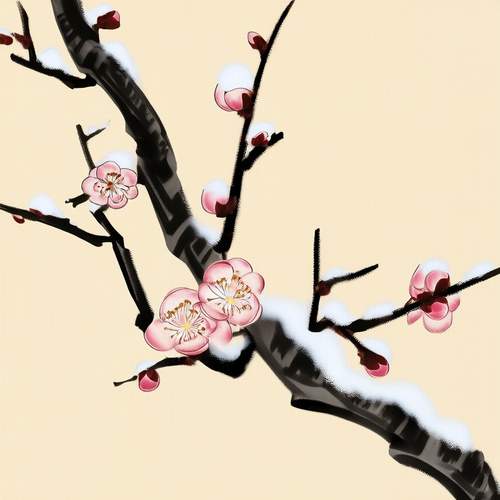
By /May 21, 2025
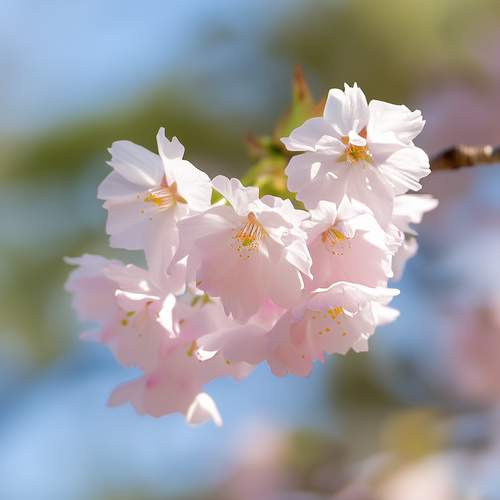
By /May 21, 2025
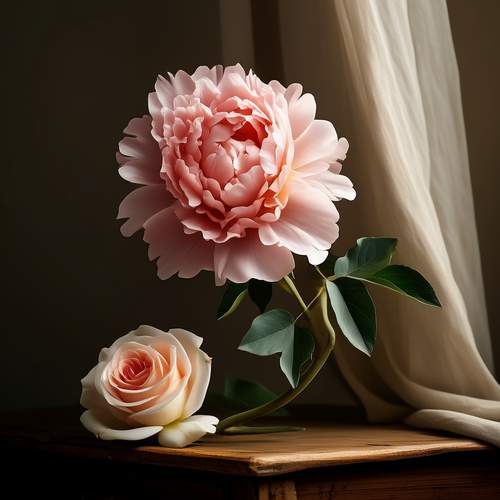
By /May 21, 2025
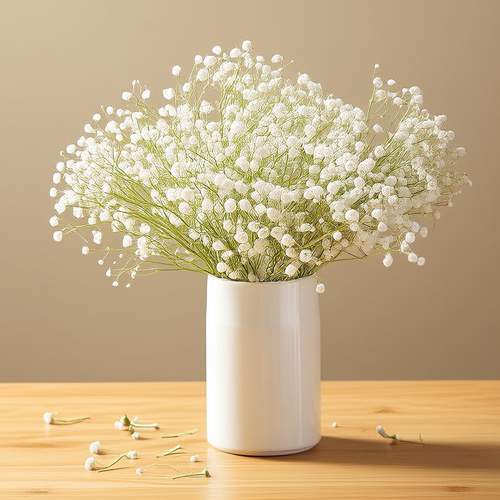
By /May 21, 2025
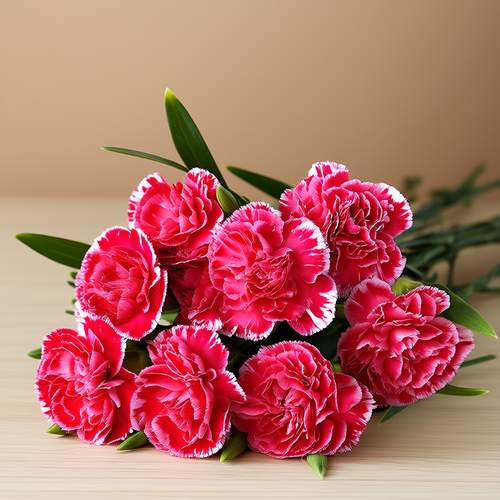
By /May 21, 2025
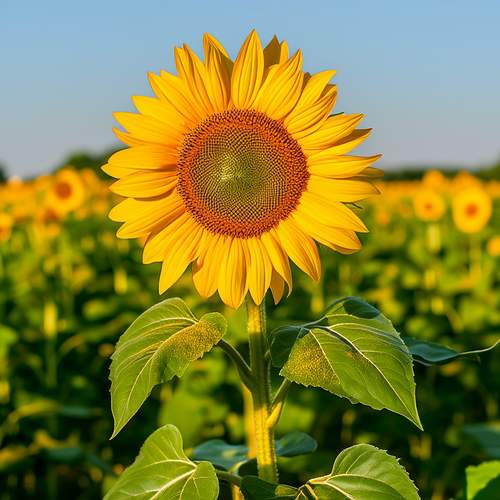
By /May 21, 2025
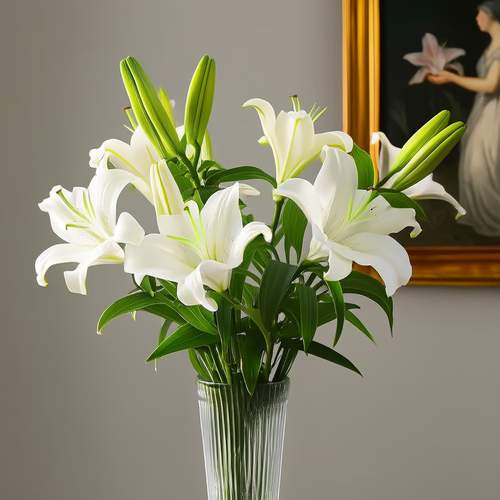
By /May 21, 2025
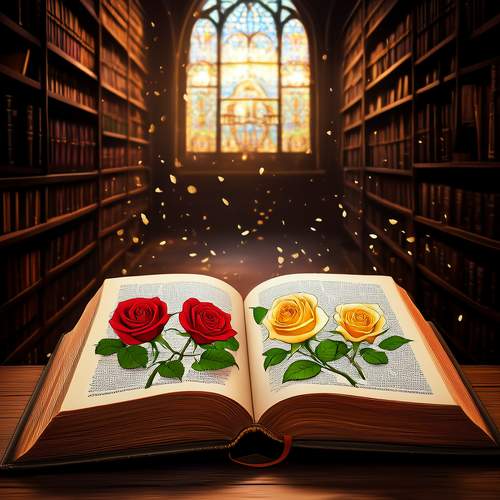
By /May 21, 2025

By /May 17, 2025

By /May 17, 2025

By /May 17, 2025

By /May 17, 2025

By /May 17, 2025

By /May 17, 2025
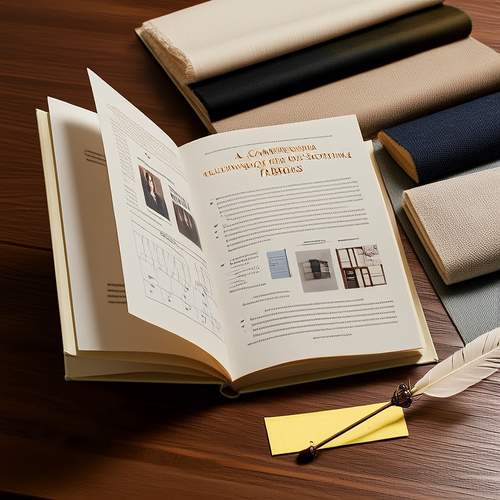
By /May 17, 2025

By /May 17, 2025

By /May 17, 2025

By David Anderson/Apr 29, 2025